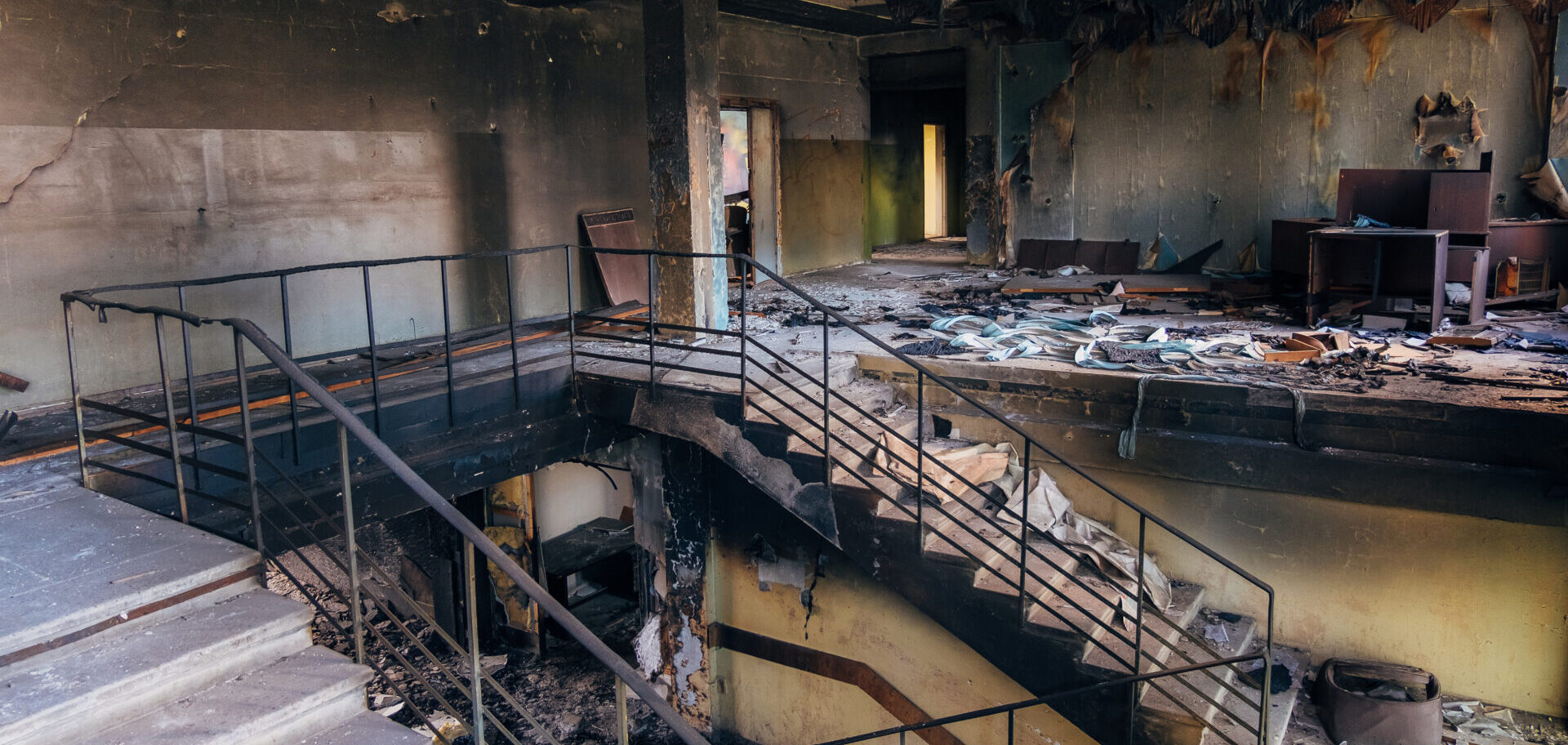AIRTEK
MINTIE
COAST ENVIRONMENTAL
PACIFIC HVAC
ARE NOW A PART OF THE ALLIANCE ENVIRONMENTAL GROUP!
New name, same great service – plus, an array of new service offerings!

According to the United States Fire Administration (USFA) and the National Fire Protection Association (NFPA), in 2019, there were approximately 106,000 fires in non-residential structures, causing 90 civilian deaths, 1,350 civilian injuries, and a staggering $2.6 billion in direct property damage in 2020.
Fire Life Safety is more than just a legal obligation; it’s a critical aspect of facility management. Understanding the impact of maintenance and compliance can help you make informed decisions.

AIRTEK
MINTIE
COAST ENVIRONMENTAL
PACIFIC HVAC
ARE NOW A PART OF THE ALLIANCE ENVIRONMENTAL GROUP!
New name, same great service – plus, an array of new service offerings!